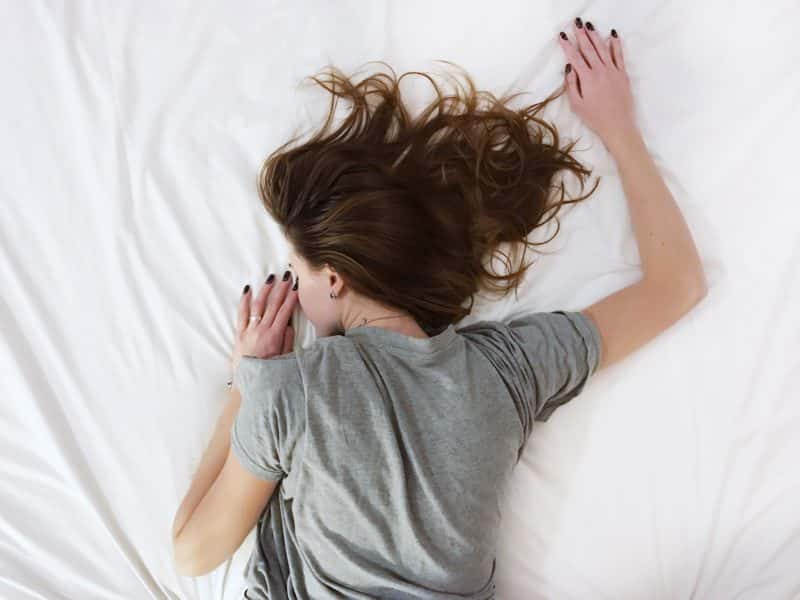
Does restless leg syndrome affect sleep? Is often called a sleep disorder due to that fact that the signs usually cause difficulty in falling asleep or staying asleep. These signs and symptoms consist of uncommon sensations in the legs that are frequently referred to as scary, crawly, burning, tingling, irritable, or pulling, that trigger the patient to get out of bed in order to find alleviation.
Some clients with RLS also experience uncontrolled leg movements throughout the night that awaken them from a sound sleep triggering them the lack of ability to receive an adequate quantity of sleep. While the specific cause is unknown in most people and also there is no treatment, there are several forms of reliable therapy offered for uneasy legs syndrome.
Exactly How RLS Affects Sleep
The symptoms of agitated legs syndrome usually aggravate throughout the night hours and also at night and also creates the sufferer to have irregular sensations in addition to an unmanageable urge to move their legs. It is estimated the individuals who deal with serious signs and symptoms related to RLS receive roughly only five hrs of sleep per evening which is a lower amount of sleep than all other sorts of sleep conditions.
Individuals with a milder form of RLS will certainly have much less of a disruption in sleep; nevertheless, most patients will still really feel an absence of power and exhaustion throughout the day. This absence of sleep also makes RLS sufferers more likely to create mental issues such as stress and anxiety and also clinical depression.

Regular Limb Movements Associated with RLS
Another typical sign associated with uneasy legs disorder is periodic limb movements which are spontaneous activities of the legs caused by the flexing or tightening of the leg muscle mass. These motions can take place when a person is conscious and also can make it difficult when attempting to drop off to sleep.
When periodic limb motions happen throughout waking hrs they are called “routine arm or leg activities of wakefulness” or “PLMW”, nonetheless, when these involuntary motions occur when a person is asleep they are called “periodic arm or leg activities of sleep” or “PLMS”.
When an individual experiences PLMS, it can wake them up from a sound sleep and also can make it extremely difficult for them to fall back to sleep once more. It is estimated that ninety percent of individuals who deal with troubled legs disorder additionally suffer from PLMS.
Treatment for Sleep Disorders Linked With RLS
When the signs of troubled legs syndrome are serious, it can dramatically impact the top quality of the sufferer’s life as they usually have difficulty with tiredness throughout the day that makes it tough to do their job duties or daily jobs in your home.
This absence of sleep can likewise bring about psychological health issues that consist of clinical depression as well as stress and anxiety conditions, therefore, it is crucial if you experience a substantial lack of sleep due to the signs of RLS you seek the help of a medical professional that can properly deal with the signs and symptoms of RLS.
Your medical care medical professional can likely assist you in a referral to among the many sleep disorder professionals who can successfully treat your signs and symptoms of RLS.
